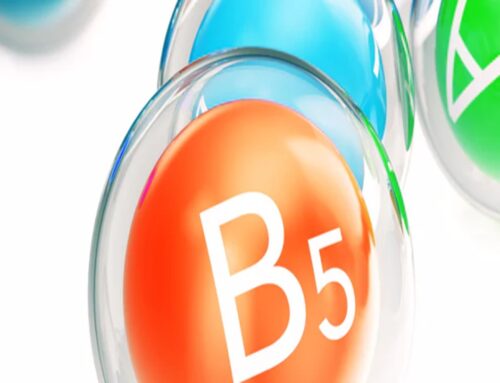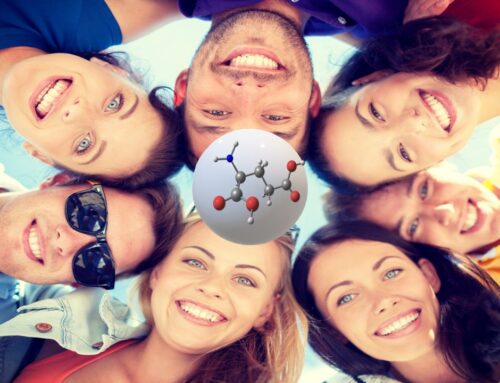As a protein, collagen is made up of amino acids (arginine, glycine, hydroxyproline, and proline). Amino acids are comprised of the elements: carbon, hydrogen, and oxygen. Collagen is produced by fibroblasts (biological cells that help to form the structure of animal tissues). A collagen protein’s structure gives it the unique strength your body needs. There are 1,050 amino acids in each of the three chains that make up collagen. And they’re held together with hydrogens—the smallest atom. Glycine is an amino acid that makes up the middle of the triple helix structure because it’s the only one that can fit. These long fibers don’t just exist as single protein ropes. Collagen can come together to form striated horizontal sheets.
The roots of the word “collagen” go back to the Greek word kólla, which means glue.
Collagen is among the most abundant fibrous proteins and fulfills a variety of mechanical functions, particularly in mammals. Its main function is to provide structural integrity to tissue during mechanical stress. Collagen is primarily found in the connective tissue (e.g., skin), but it is also present in the fibrous tissues of Muscles, Tendons, Ligaments, Skin Bones
It is also found in the tissues making up the: Blood vessels, Bladder, Digestive tract, Heart, Kidneys, Gallbladder, Teeth, the cornea of the eye, Cartilage, and Disks between the vertebrae. In most extracellular matrix in general.
The fibrous nature and strength of collagen make it an ideal protective casing for your kidneys and other organs.




